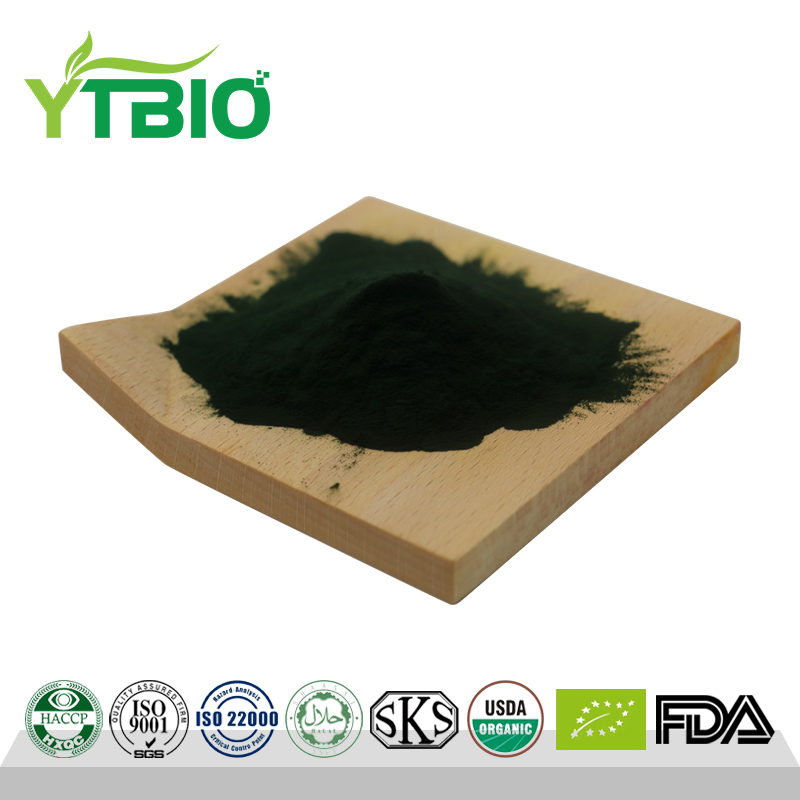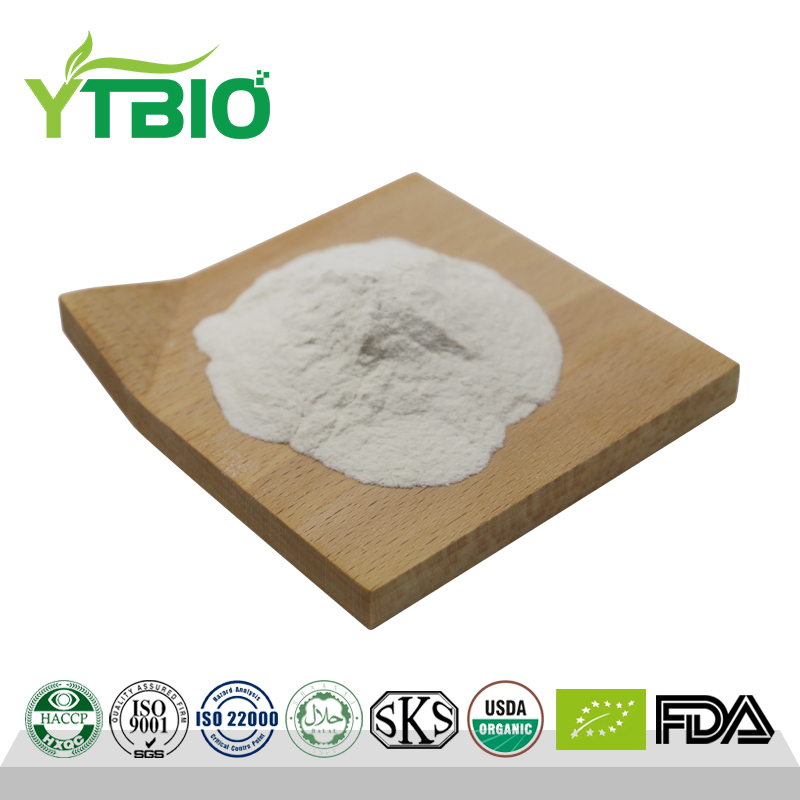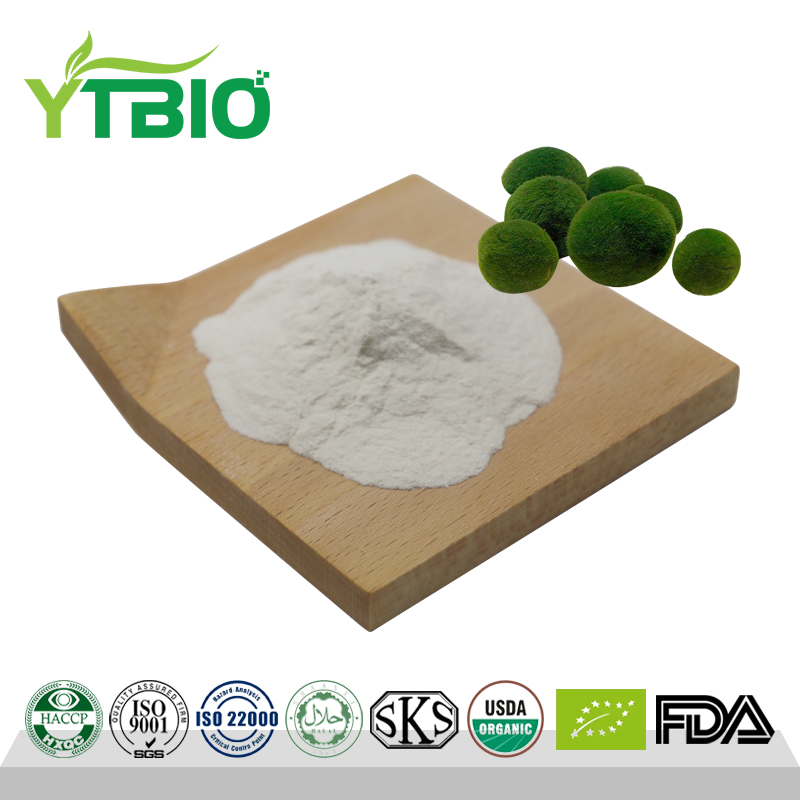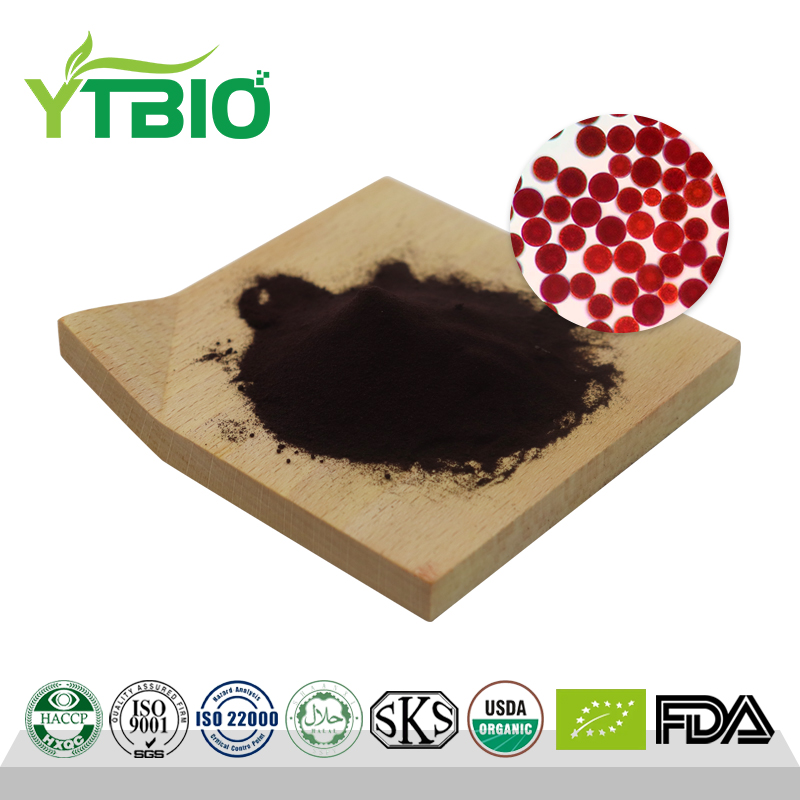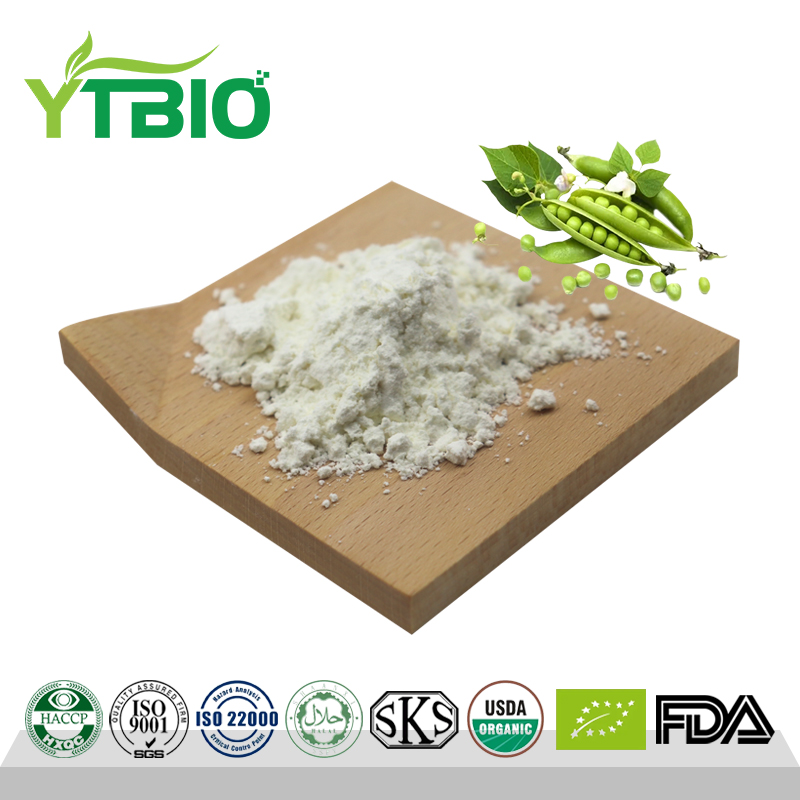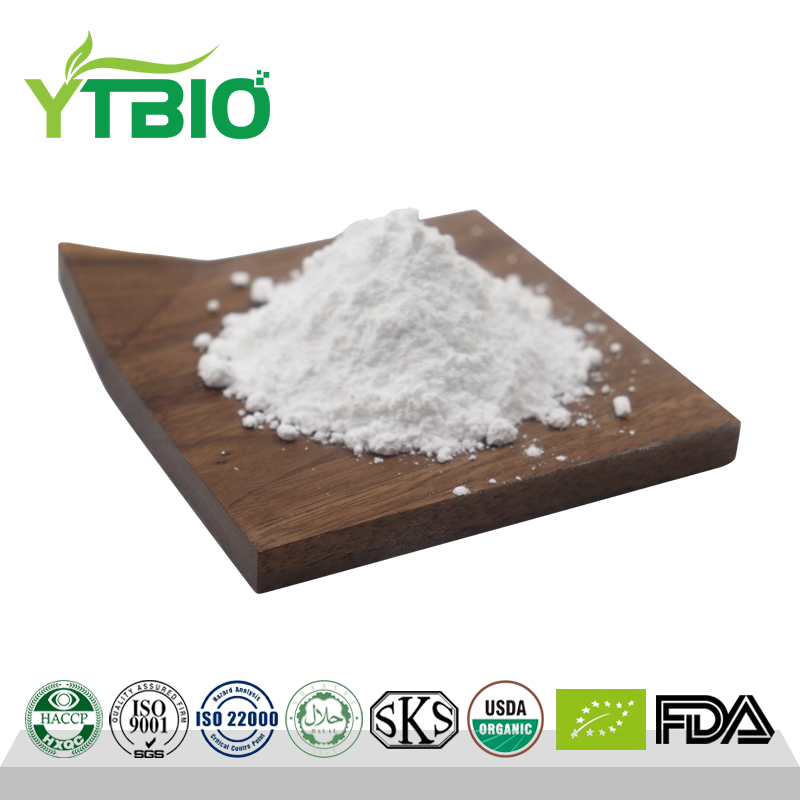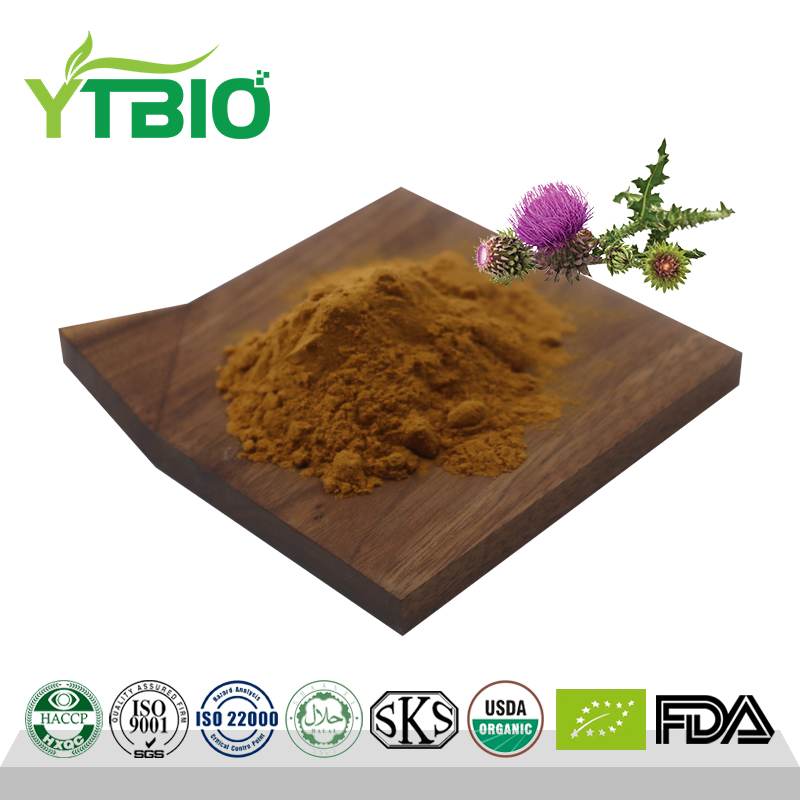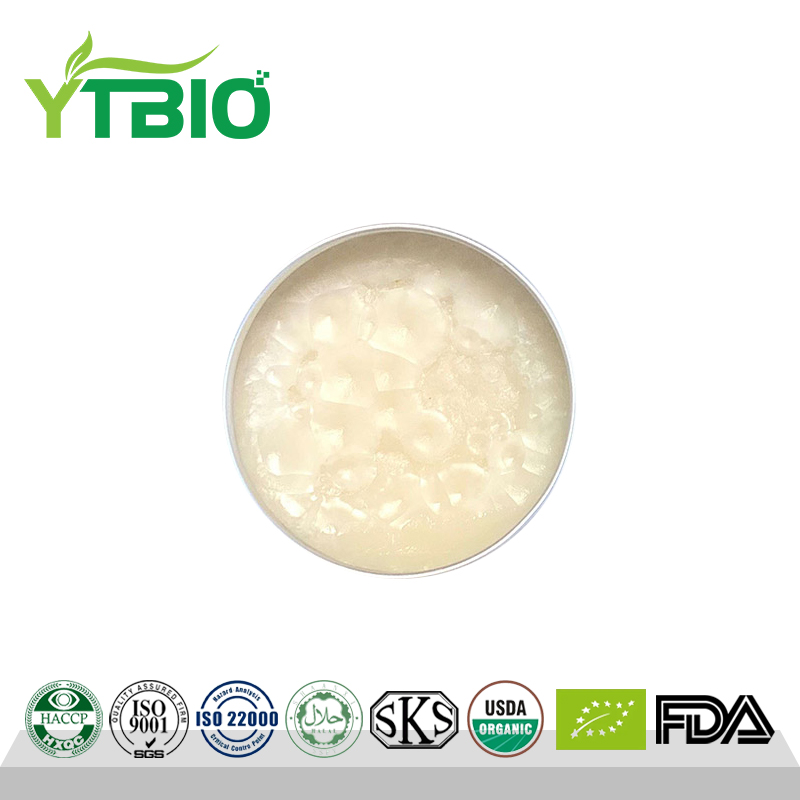vitamin E TPGS D-α-Tocopherol polyethylene glycol 1000 succinate
What is Vitamin E TPGS?
Vitamin E polyethylene glycol succinate (TPGS for short) is a water-soluble derivative of vitamin E, which is formed by the reaction between the carboxyl group of vitamin E succinate and the hydroxyl group of polyethylene glycol. Because it contains both the lipophilic group of vitamin E and the long hydrophilic chain of polyethylene glycol, it has good surfactant properties and water solubility, and can significantly increase the absorption of poorly soluble drugs in the gastrointestinal tract. Improve bioavailability.
Vitamin E polyethylene glycol succinate is now widely used in formulation research as a solubilizer, absorption enhancer, emulsifier, plasticizer, and carrier for poorly water-soluble or fat-soluble drug delivery systems, such as solid dispersions , carriers for ocular administration, carriers for intranasal administration, etc. In recent years, many studies have found that in addition to being used as pharmaceutical excipients, TPGS also has many unique properties, such as being an absorption enhancer and a multidrug resistance reversal agent. TPGS can also be used in prodrugs, micelles, lipids, etc. Plasmids and TPGS-copolymer carriers are used to improve the solubility, permeability and stability of the preparation, thereby achieving slow, controlled release and targeted effects, and promoting drug absorption.
Efficacy and application
TPGS (D-α-tocopherol polyethylene glycol 1000 succinate) is a multi-purpose drug delivery excipient, mainly used to improve the solubility, bioavailability and stability of drugs. In drug delivery systems, TPGS mainly works in the following ways:
1. Increase drug solubility: TPGS has good water solubility and can form complexes with hydrophobic drugs, thereby improving the solubility of drugs in water. This makes the drug more easily absorbed by the body, improving the drug's bioavailability.
2. Protect drugs from enzymatic degradation: TPGS can be wrapped on the surface of drugs to form a protective film to prevent enzymatic degradation of drugs in the body. It helps to prolong the enterohepatic circulation time of drugs and improve the efficacy of drugs.
3. Adjust the drug release rate: Slow release or rapid release can be achieved by adjusting the prescription amount of TPGS.
4. Improve the stability of drugs: TPGS has antioxidant effects and can protect drugs from oxidative damage. In addition, TPGS can also inhibit the interaction between drugs and other substances and reduce the decomposition and degradation of drugs.
5. Improve the pharmacokinetic properties of the drug: TPGS can improve the oral absorption of the drug and reduce the plasma concentration fluctuation of the drug, thereby improving the pharmacokinetic properties of the drug.
Vitamin E TPGS is also used as a potent source of natural vitamin E for therapeutic and nutritional purposes.
TPGS is water-soluble vitamin E, which is different from fat-soluble vitamin E and is absorbed into the body through a completely different mechanism. Fat-soluble vitamin E needs to rely on cholate in the intestine to complete the absorption from the intestinal lumen to the small intestinal cells, while TPGS can transport vitamin E into the small intestinal cells by itself without the intervention of cholate.




